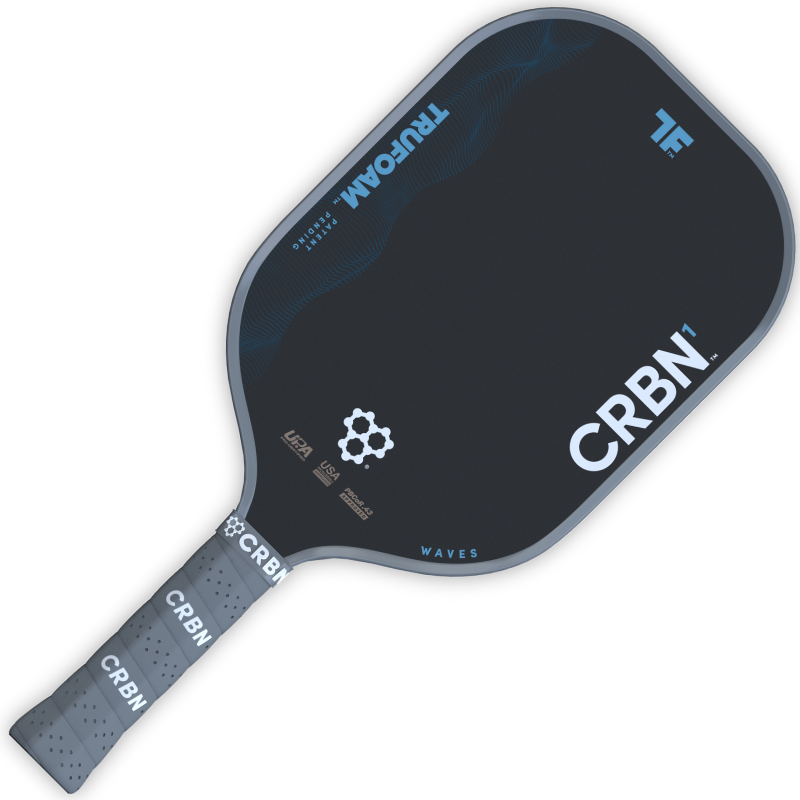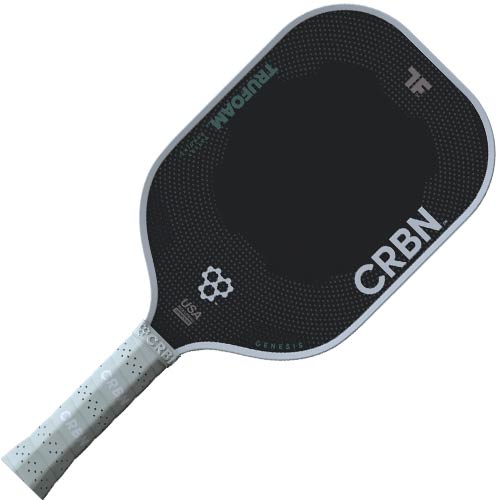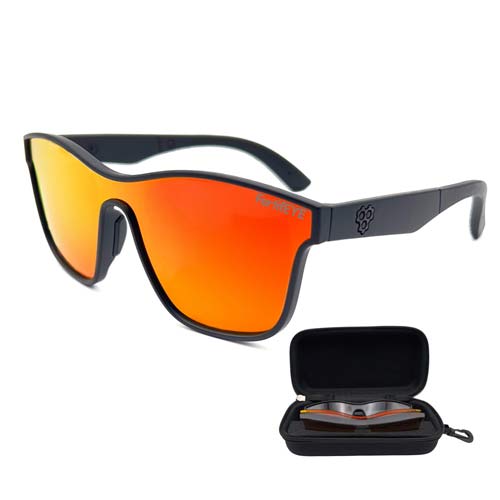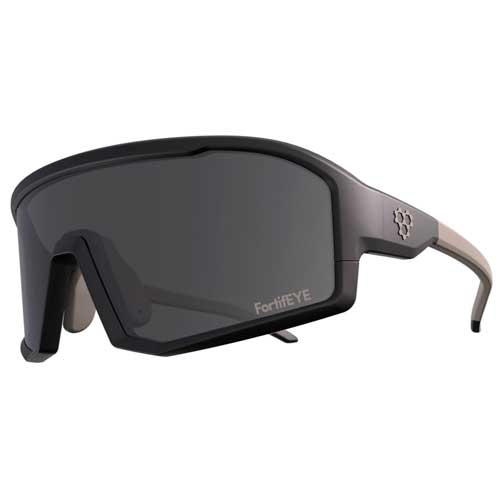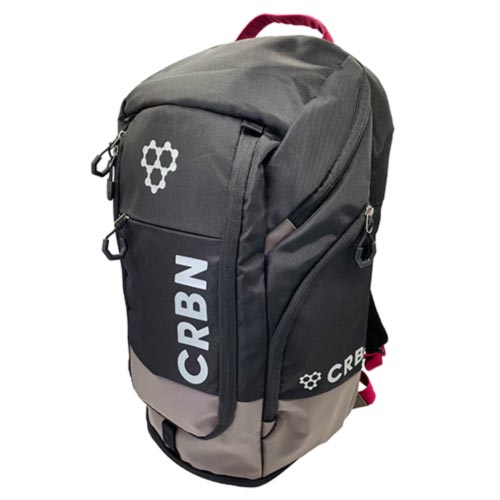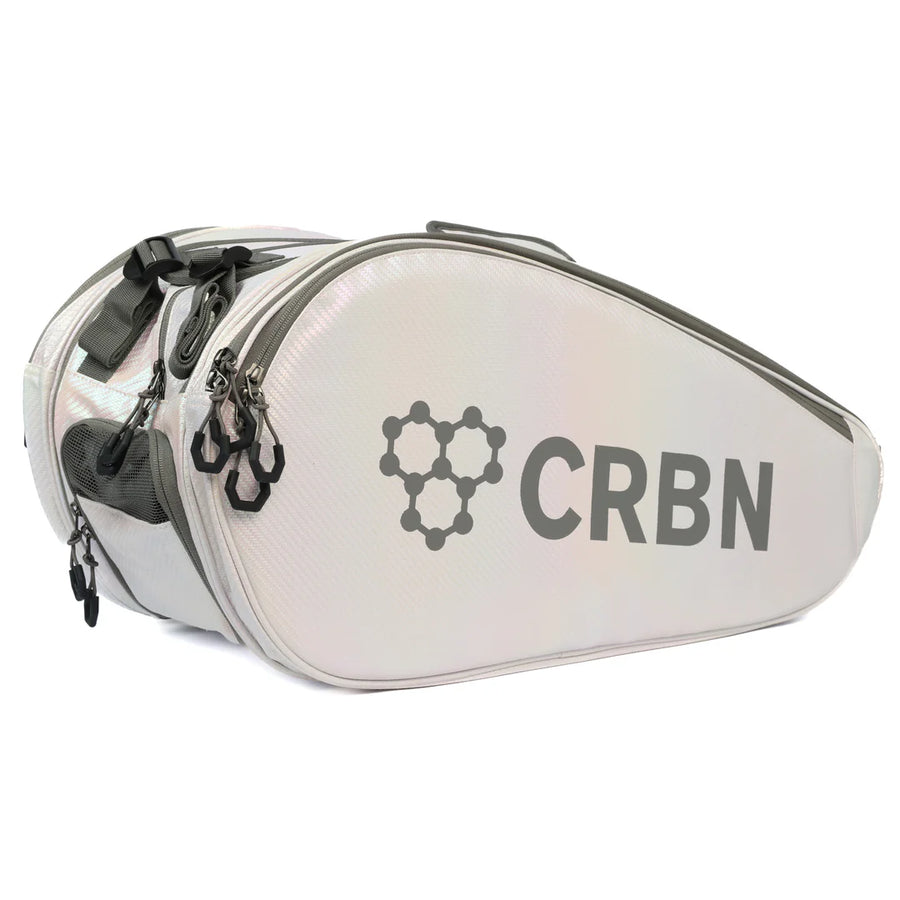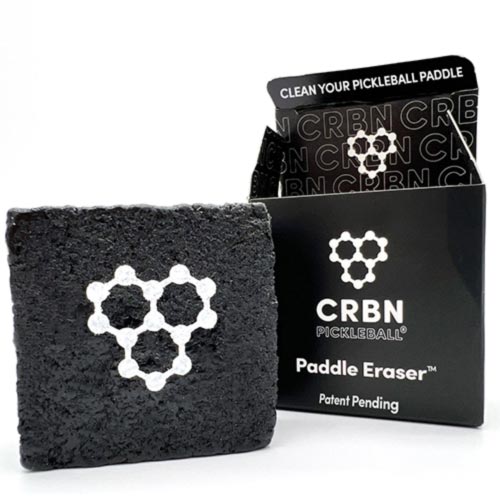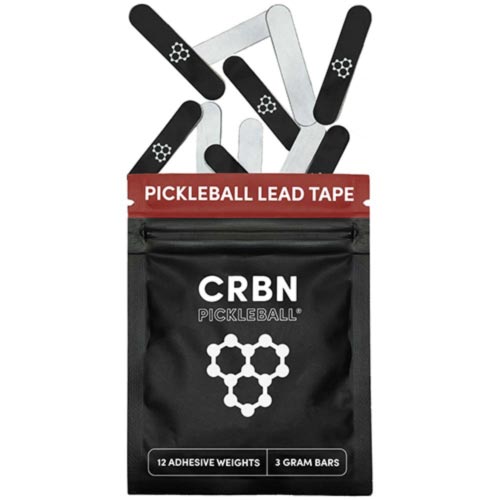Mastering the Transition Zone: How to Stay Calm, Reset, and Win at the Kitchen
If you want to control points in pickleball, it’s not just about getting to the kitchen—it’s about how you get there. And that means mastering the transition zone.
The transition zone is where chaos lives: fast hands, awkward footwork, and pop-ups waiting to happen. But the best players know how to move through it with balance, intention, and a plan.
In this episode of Pickleball Cheat Code, Brodie Smith and Tanner Tomassi share the key techniques that separate confident kitchen crashers from players who get stuck in no man’s land. From split-step timing and reset placement to paddle angle and mindset, they walk through the plays that help you move in—and take control.
If you want to reach the kitchen line without getting picked apart midcourt, this is the transition blueprint.
Split-Step and Stay Balanced
The split step isn’t optional—it’s everything.
Here’s how to do it right:
-
Time your split just as the opponent’s shot crosses the net—not too early, not too late.
-
Keep your feet shoulder-width and land in a low, athletic stance.
-
Stay relaxed through the legs so you can explode to either side.
Pro Insight: “People want to get to the kitchen too fast. They skip the split and end up lunging,” Tanner says. Try this instead: after every reset or soft third, force yourself to split once before taking another step. Build the habit.
Reset With Margin—Not Pressure
When you’re in the midcourt and under fire, your job is to reset, not win.
Tanner’s cheat code? Reset crosscourt.
Why it works:
-
There’s more space and a lower net at the center tape.
-
A crosscourt reset gives your partner time to crash with you.
-
You’re less likely to get punished by a poach or speedup.
Reset Priorities:
-
Keep the paddle head up.
-
Use soft hands—don’t punch at the ball.
-
Aim for arc and depth, not perfection.
Pro Insight: A chest-high ball in the transition zone is not an attack ball. Don’t swing unless you’re set and centered.
Play Like a Wall—Not a Winner
The biggest mindset shift? Stop trying to win the point from the transition zone. Just survive it.
Adopt the “wall mentality”:
-
Let go of offense until you’re at the line.
-
Shrug off chaos—your only job is to get the ball back in the kitchen.
-
Stay calm even when your opponent is crashing hard.
“Your job isn’t to pass,” Tanner says. “You’re just keeping it alive until you can play offense again.”
Try This: In drills, start in the transition zone and challenge yourself to reset 3–5 balls in a row before moving in.
Train Your Hands in Chaos
Resetting is a skill. And like any skill, it needs pressure reps.
Best drills from the episode:
-
7-11 Drill: One player at the kitchen, one in transition. Score by successfully resetting or attacking based on shot quality.
-
Midcourt Dinking: Stand 2–3 feet behind the NVZ and hit soft dinks back and forth—forces you to absorb and control pace.
-
“Dead Fish” Control: Drop a dead ball just over the net from midcourt, with shape and touch.
Paddle Bonus: Brodie and Tanner both use the CRBN² TruFoam when playing singles to add softness and control in resets. The square shape and foam core help absorb pace and redirect cleanly.
Final Word: The Kitchen Starts in the Middle
You won’t own the kitchen if you don’t respect the zone in front of it.
Control in the transition zone means:
-
Timed split steps
-
Smart, soft resets (especially crosscourt)
-
Calm body language and clean mechanics
And most of all—it means not panicking.
So next time you feel stuck in the middle, don’t rush it. Split, reset, breathe, and earn your way to the line.
🎧 Listen to the full episode of Pickleball Cheat Code on Spotify or Apple Podcasts for even more insights on transitional play and beyond.
